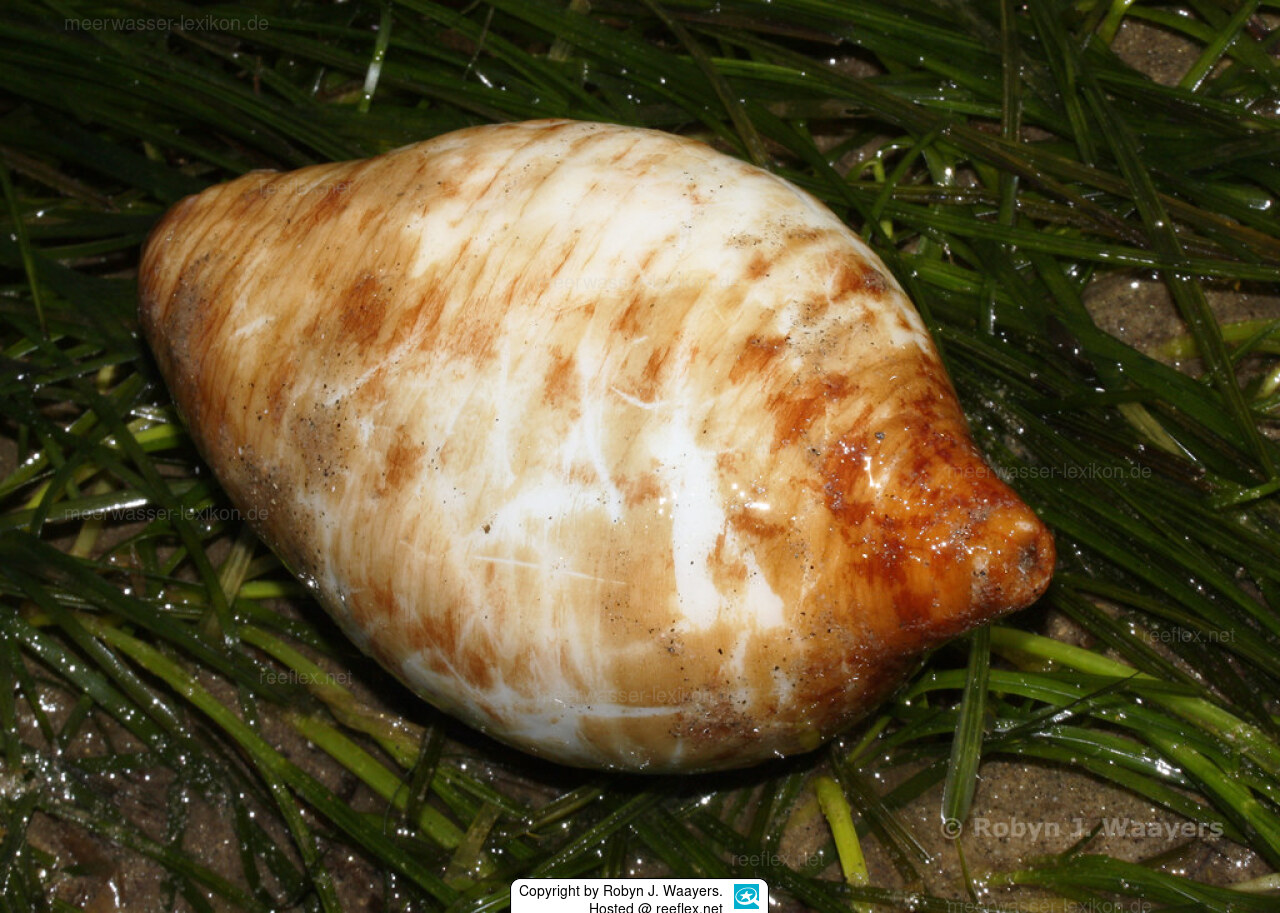Info
Molpadia arenicola (Stimpson, 1857)
The Sweet Potato Sea Cucumber has a thick fusiform body with leathery skin that has a smooth surface without hair and suckers. They are mottled orange in colour.
Can be found partially buried in muddy and sandy coastal habitats and may burrow to depths up to 40 cm.hey feed by ingesting sand on a continuous basis and they remove and consume the associated microbes and detritus.
Has a commensal relationship a with Pea Crab. They are also prone to attack by a tiny eulimid snail( host finally die).
Synonyms:
Liosoma arenicola Stimpson, 1857
Molpadia arenicola (Stimpson, 1857)
The Sweet Potato Sea Cucumber has a thick fusiform body with leathery skin that has a smooth surface without hair and suckers. They are mottled orange in colour.
Can be found partially buried in muddy and sandy coastal habitats and may burrow to depths up to 40 cm.hey feed by ingesting sand on a continuous basis and they remove and consume the associated microbes and detritus.
Has a commensal relationship a with Pea Crab. They are also prone to attack by a tiny eulimid snail( host finally die).
Synonyms:
Liosoma arenicola Stimpson, 1857
Molpadia arenicola (Stimpson, 1857)







 Robyn J. Waayers, USA
Robyn J. Waayers, USA


